Our soil health faces challenges that impact everything from wildlife and waterways to the air we breathe. Deforestation, urbanization, farming practices, and other human actions contribute to soil degradation, endangering our planet and its atmosphere. However, a single practice can help offset some of the damage to our earth, and we can all take part in it.
Organically replenishing our soil can favorably impact its chemical, physical, and biological characteristics, which, in turn, improves water quality, supports aquatic life, and provides vegetation with vital nutrition. We can achieve this – while reducing our carbon footprint – by using compost: raw, organic materials that are amended into the earth to help balance our ecosystem.
Sometimes called “black gold” due to its value, compost is commonly used in home gardens and landscapes, this organic material is also put to use in agriculture, road, and construction projects. In fact, the U.S. Department of Transportation (DOT) uses compost to create and protect wetlands and for roadside projects like wildflower plantings and backfilling trees and bushes.
Compost is an unsung environmental hero with many benefits. In this article we dive into what compost is and how it supports our Earth and our environment.
What is Compost?
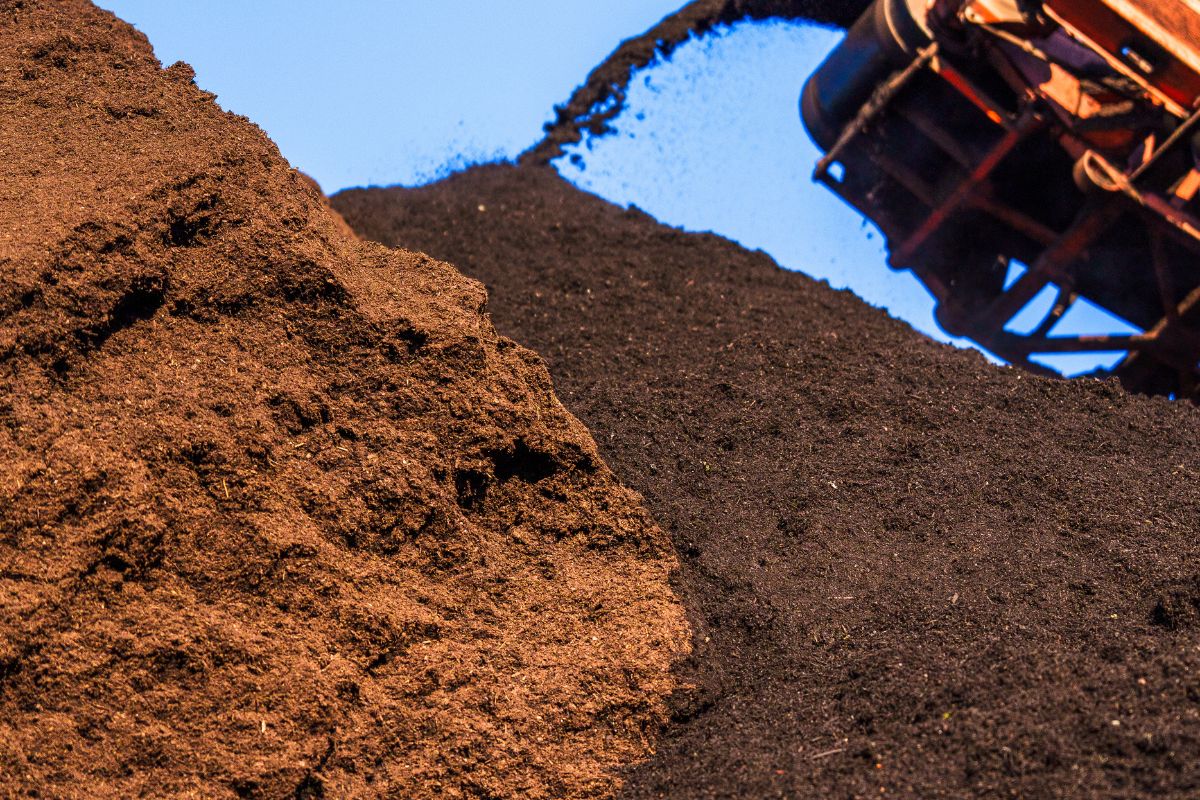
Compost is the controlled, aerobic decomposition of organic materials into simpler substances that are used as a soil amendment. This process of recycling organic material is called composting, and it requires precise levels of oxygen, water, and temperature to complete a cycle of decomposition.
Anything that grows eventually breaks down, but composting produces a stable, organic end product that decomposes more quickly and benefits the soil, all thanks to microorganisms.
Aerobic microorganisms live in liquid films that surround feedstock— the raw materials used in compost. These organisms include bacteria, fungi, worms, sowbugs, and nematodes.
The composting cycle begins with some of the organisms eating the bioavailable part of organic matter and breaking it down to produce water, carbon dioxide, and heat. The heat causes the compost temperature to rise, prompting other organisms to consume the proteins, fats, and complex carbohydrates. Once the carbs are used up, the compost’s temperatures fall, and the organisms complete the decaying process.
At this point, should not have volatile organic acids or ammonia that can harm plants. However, it is not fully stable so as it continues to decompose it may compete with plants for nitrogen. As it cures compost will fully mature and stabilize, meaning it will consume little oxygen and nitrogen, and will only generate small amounts of heat or carbon dioxide. Mature or stable compost will smell earthy, like a forest.
How Compost Reduces Our Carbon Footprint
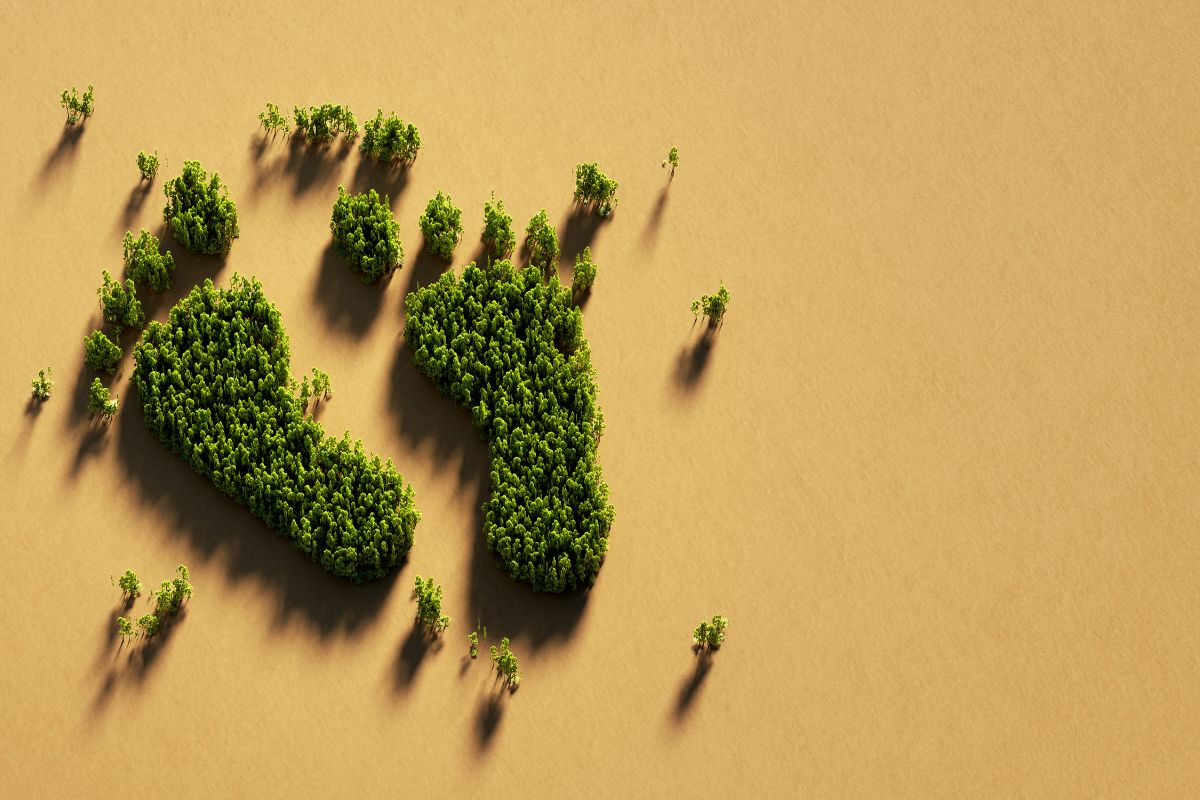
Roughly 25 percent of our landfills are filled with food waste. Sending kitchen scraps to the landfill may seem harmless enough, but the truth is, they break down anaerobically, or without the presence of oxygen, which creates a surplus of methane gas.
Greenhouse gases like methane contribute to climate change by trapping heat in the atmosphere, increasing global temperatures. This amplified greenhouse effect is known to cause more intense weather events, decreased air quality, precipitation extremes, and increased sea levels.
Composting reduces the amount of methane gas produced and directs it back into the soil instead of the atmosphere. Composted materials also help plants absorb carbon dioxide through carbon sequestration, lessening the amount of CO2 released into the air and lowering global greenhouse gas emissions.
Benefits of Using Compost
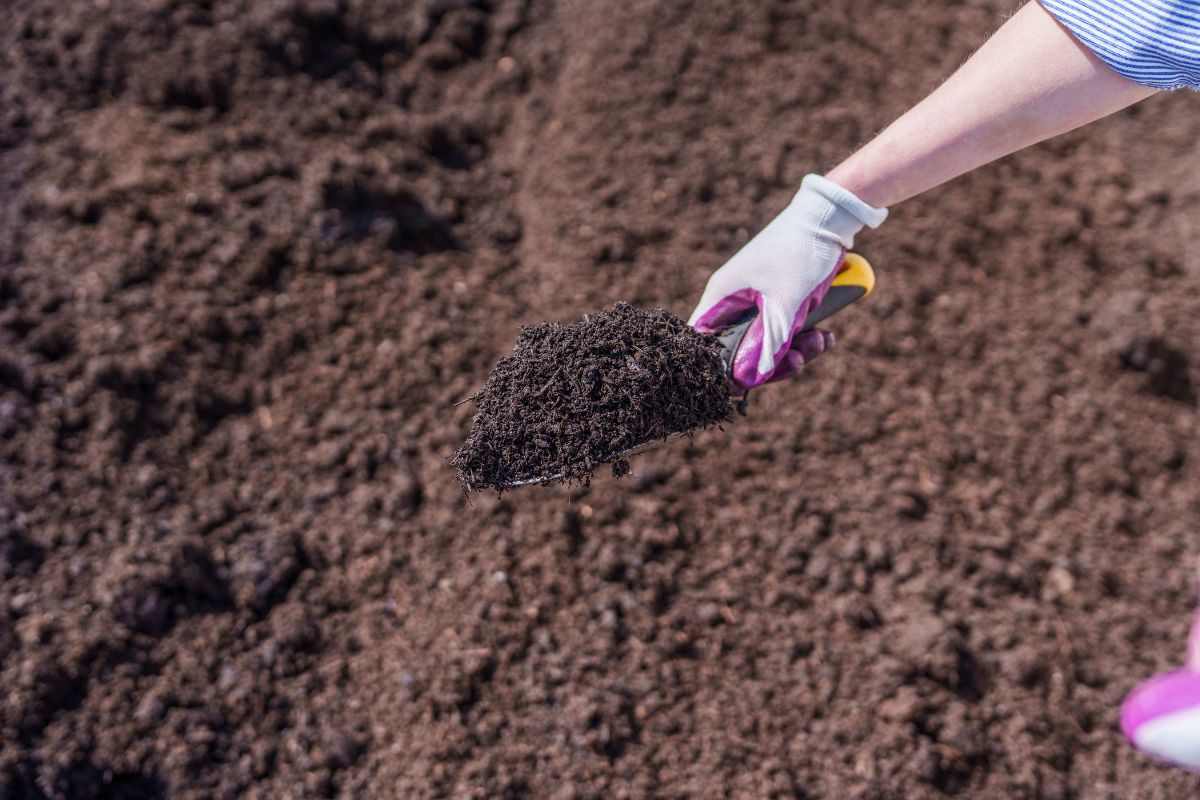
Using rich, natural compost in gardens and farms has dramatic effects. Crops grown in compost-amended soil tend to be more nutrient-rich and prolific. Compost helps soil balance moisture, reducing the need for water helping to promote drought tolerance. Compost also stabilizes the pH of soil, which is essential for healthy plants and biodiversity.
Composted material also has a binding effect that enables it to collect heavy metals and other contaminants. As a result, it works as a filter media, reducing toxins from pesticides, fertilizers, and other pollutants that make their way into the earth and our waterways. For instance, it binds to 6PPD, a chemical that extends tire life and creates 6PPD-quinone — a toxic dust that travels through stormwater systems and kills aquatic life. This toxin has been proven to kill Coho salmon population and various species of trout.
Compost helps restore wetlands damaged or destroyed by human activity. Rich in organic matter and microbial population, compost and soil/compost blends can closely simulate the characteristics of wetland soils, helping to reestablish native plants and restore native wetlands.
Ways to Compost
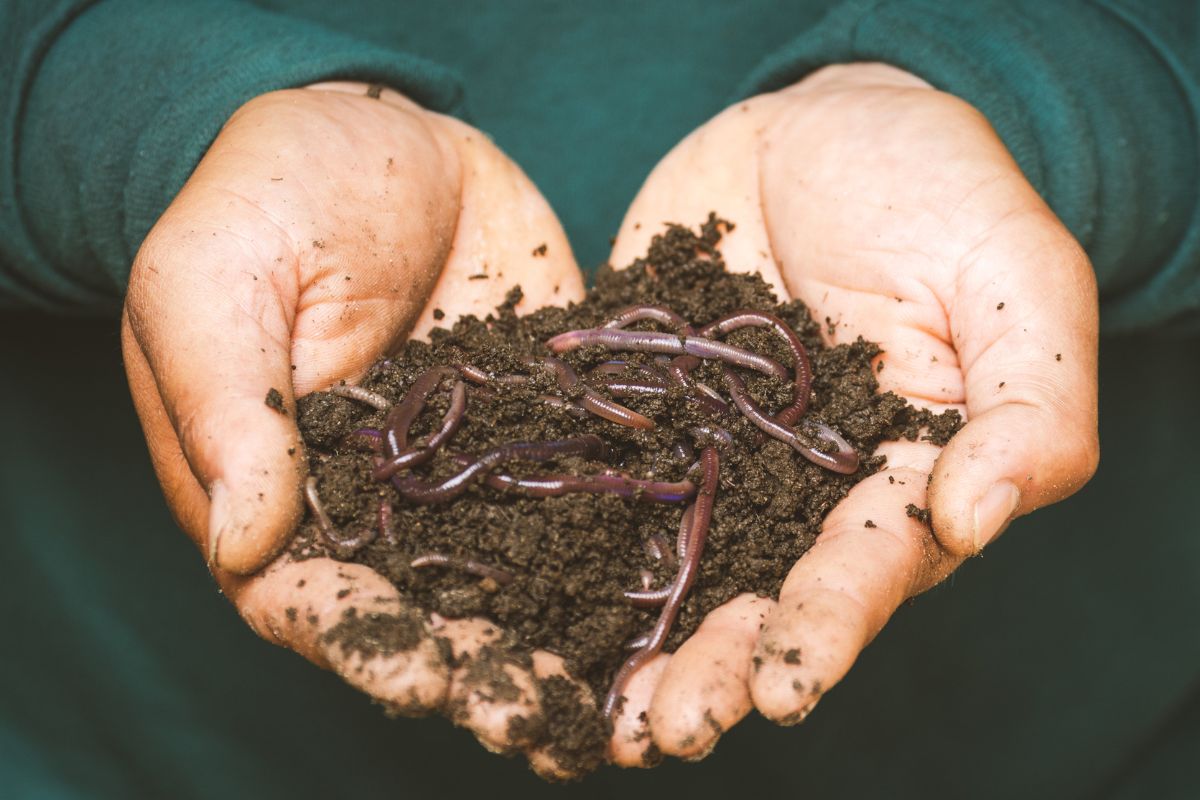
There are different methods of composting, adopted by industrial-scale composting facilities, community composting systems, and homeowners.
If you’re keen to try your hand at backyard composting, you might use a home compost bin or barrel to collect raw materials, or simply pile kitchen and lawn waste near the garden. Remember to turn the compost, which helps manage the temperature and oxygen levels in the pile.
A simple way to use compost is to work kitchen scraps directly into your garden or landscape. Bury them at least 11-12” deep so they are in your plants’ root zone, and deep enough not to attract pests.
You can also try:
- Tumbler composting. Available at home improvement stores, these convenient bins enable you to rotate your compost, helping to mix and aerate it better. Tumblers tend to be smaller and cost a bit more than more traditional types of compost bins.
- Worm composting. Let worms do the work! Use red wigglers (not ordinary earth worms) to consume and digest raw fruit and vegetable scraps, turning them into compost soil. Red worms are surface dwellers, meaning they tolerate a wider temperature range.
High-quality, stable compost can take a few months to a year to decompose, depending on the size of the particles you include, and the temperature, moisture, and oxygen levels. It is important to use stable compost because immature compost that has not fully decomposed will stress your plants, competing for nitrogen as it continues to break down making them more susceptible to pests and diseases.
Due to the necessary monitoring and adjustments of everything from the temperature and the type of feedstock you need to the amount of moisture and carbon it contains; home composting is somewhat labor intensive. The good news is now most cities offer homeowners a way to compost their organic waste with their local municipalities.
What Goes into the Compost Bin?
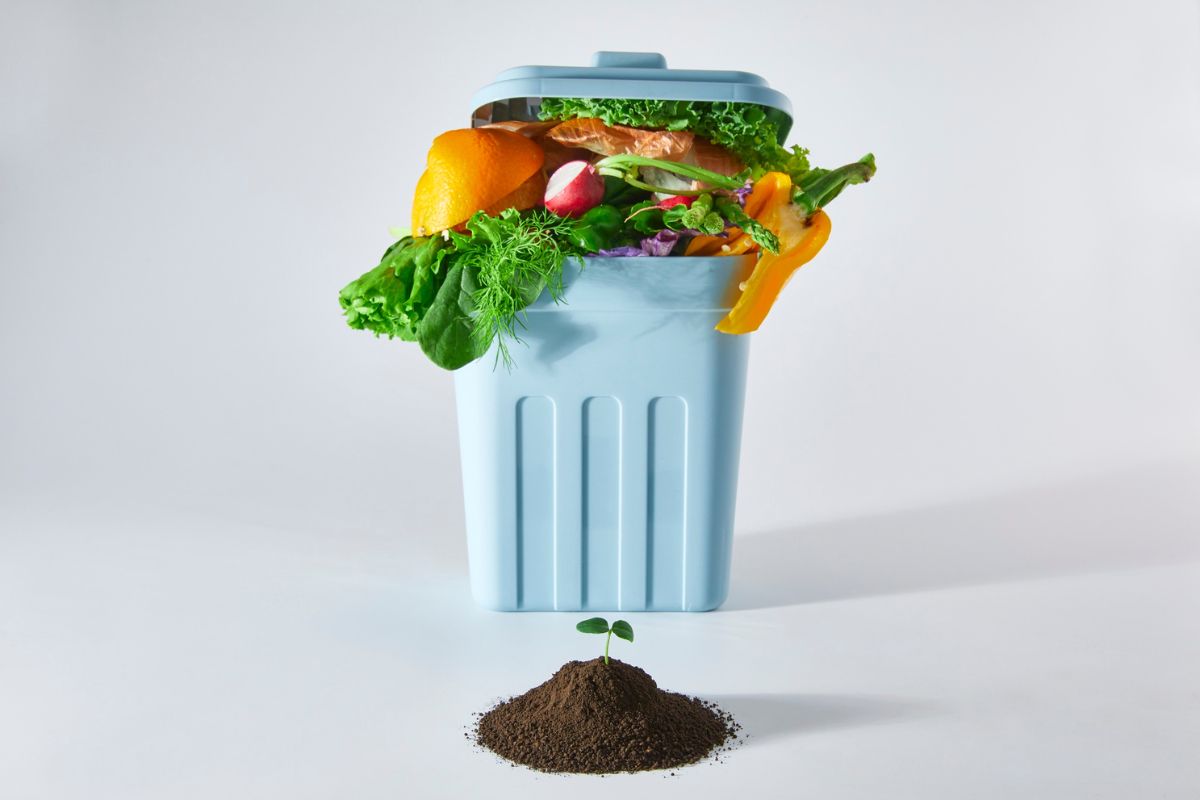
You’ve probably heard the terms “biodegradable” and “compostable” intermixed, but they are not the same. Items of both types will decompose, but composting refers to nutrient-rich organics that will break down into soil. Bio-based plastics, on the other hand, degrade into smaller fragments, called microplastics, that accumulate in soil and create environmental and health concerns. In addition, compostable items break down relatively quickly, whereas biodegradable products can take many years to decompose. Knowing this, what should you compost?
The simple answer is, if it grows, it goes into the compost pile or bin. Fruit and vegetable scraps make great compost. You can also add coffee grounds, rinsed egg shells, leaves, grass clippings, and sawdust, as well as straw, shredded newspaper, non-coated cardboard, sticks or twigs, and dry leaves.
Do not compost meat, bones, dairy products, anything with grease, or pet feces. These items will attract rodents and pests and will cause your compost to smell.
Most cities make it easy for homeowners to know how to separate their organic waste. Check your city’s website to ensure you’re only adding approved items to your municipal compost bin.
Help the Earth, Help Your Gardens: Use Quality Compost
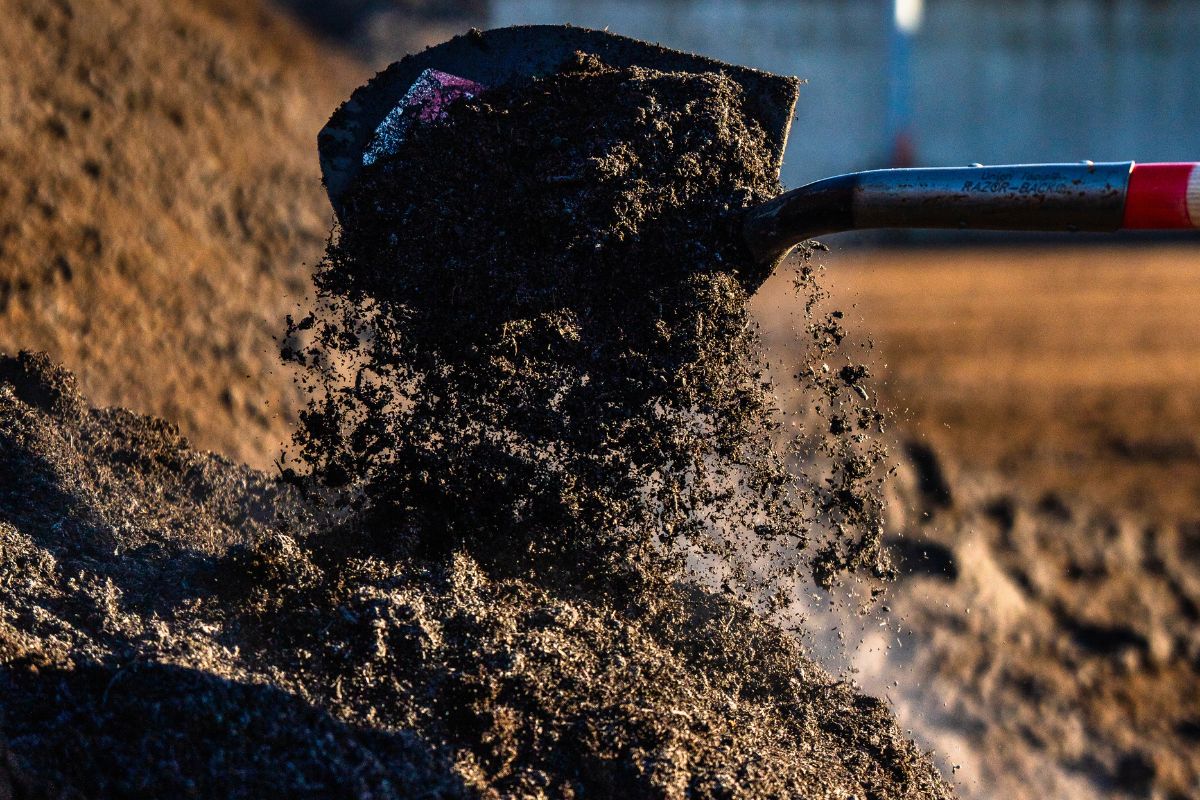
We hear the phrase, “Reduce, reuse, recycle,” and composting accomplishes all of this: reducing items in the landfills, reusing materials to make the compost, and recycling the end product by adding it to our gardens and landscape projects. By using compost, we are being more environmentally responsible, doing our part to improve soil health and the health of our planet.
When it’s time to strengthen your soil health, choose professionally produced compost, like our GreenBlenz Compost and our OMRI-listed GreenBlenz Compost Organic for organic growing. At Lenz Enterprises, we use a state-of-the-art composting system called Aerated Static Piles (ASP) that precisely controls moisture and temperature to produce stable, high-quality compost every time so you know it is safe and healthy for your soil and will support your farm, garden and landscape.
Thanks for Reading!
If you found this article helpful, get to know us by following Lenz Enterprises on Facebook and Instagram. We regularly provide education about soil, compost, and Earth materials, gardening advice and plenty of humor too! If you’re located in western Washington and need soil, compost, mulch, sand, or gravel, give us a call 360-629-2933, we’re here to help.

